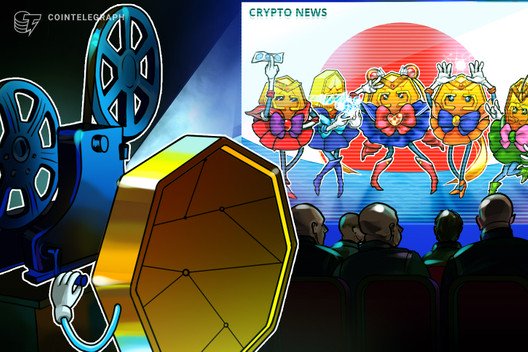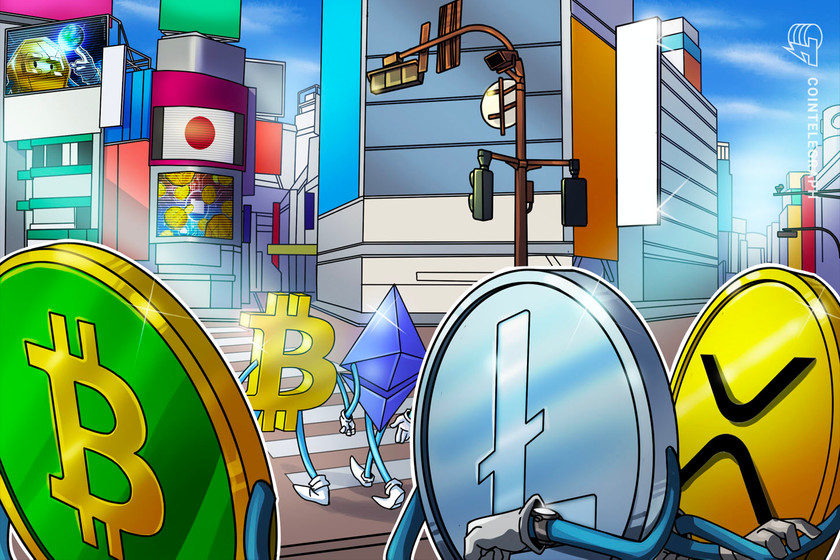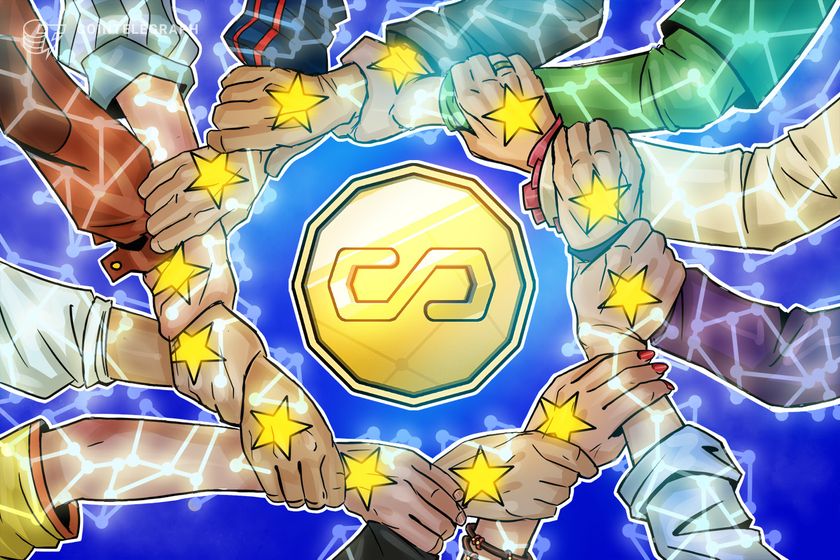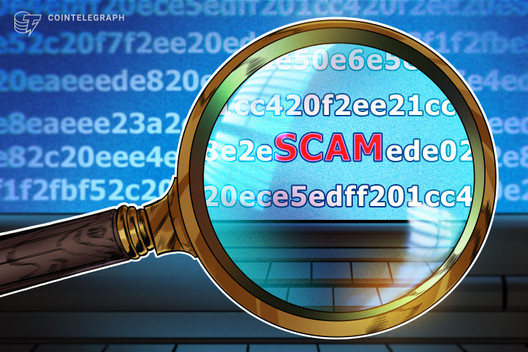C.R.E.A.M. launches Iron Bank flash loans, eyes cross-chain capital efficiency
In a press release today, C.R.E.A.M. Finance announced a new feature for (and, by proxy, an unofficial relaunch of) Iron Bank, the protocol-to-protocol lending platform designed for flash and undercollateralized loans.
C.R.E.A.M., which founder Leo Cheng describes as “the yolo-est Compound fork,” is a money market designed to cover assets that are “underserved” and allow for greater capital efficiency for decentralized finance (DeFi) power users, listing assets such as Yearn vault tokens and liquidity pool tokens.
“We’re adding assets that people want to have, but others may be scared of,” said Cheng.
Iron Bank is, in many ways, an extreme implementation of that ethos. The protocol, which allows for undercollateralized protocol-to-protocol lending, is meant to serve as DeFi’s equivalent of the $10 trillion corporate debt industry, allowing the principle of “corporate credit” to function between whitelisted protocols.
Some critique the idea conceptually — undercollateralized lending is still an exotic niche in DeFi — and those critics took a victory lap in the wake of the Alpha Homura hack that led to an exploit of Iron Bank. This despite Iron Bank bearing little responsibility for the vulnerability, and the fact that the Iron Bank has quietly continued to function across multiple Yearn vaults for months — though not nearly at the scale to which it’s capable.
Now, with a new feature release and Alpha Homura gearing up for a relaunch of its V2, Iron Bank is ready to re-enter the spotlight — and it may be poised to do so in a major way.
DeFi Voltron
Cheng speaks with a touch of pride about C.R.E.A.M.’s status as a member of “DeFi Voltron” — the body of high-profile protocols that “merged” with or were “acquired” by the Yearn ecosystem at the end of last year.
What started as a casual conversation about getting DeFi maestro Andre Cronje involved in the project quickly became a team-level integration between Yearn and C.R.E.A.M., says Cheng. To this day the practicalities of the integrations/mergers/collaborations between the protocols largely remains a mystery to outsiders, and as a recent rupture with Cover has demonstrated, the “mergers” are not always etched in stone.
In Cheng’s view, right now the various projects/protocols can be thought of as the pre-Constitutional United States: separate state-level entities are linked through the Articles of Confederation, and each leverages their own currency.
He hinted that one day it might be a “possibility” that all tokens under the Yearn banner merge to create a single, unified token.
“I’m not saying that’s where we’re headed, but I think it’s a possibility in the long run — I don’t know.”
C.R.E.A.M’s purpose in the Yearn DeFi Voltron machine is to be the one-stop all-things-lending solution, and as the Iron Bank proves, lending is a wide umbrella. While Iron Bank can be difficult to grasp conceptually, ultimately what it creates is simple capital efficiency, says Cheng.
“Look at the anatomy of a flash loan,” says Cheng.
A flash loan might interact with multiple protocols at once and trade between multiple assets, but Ethereum “doesn’t quite care, and it doesn’t quite see the borders with the smart contract projects.” They jump between protocols and assets in a “flash,” enabled by open liquidity.
If this borderless vision is taken to its extreme, “any asset a user has on Ethereum, they should be able to leverage it to borrow anything else anywhere else,” and if liquidity can be achieved through an arbitrage trade via a flash loan, that alone counts as a form of asset — at least in an ideal, capital-efficient future.
Iron Bank brings this principle of open liquidity to protocol-to-protocol relationships. Cheng says that C.R.E.A.M. is looking into working with projects like Saffron Finance, who are developing risk-based tranched debt. If users think that Iron Bank debt is riskier (especially at the upper end of its possible leverage, up to 95x), Saffron has the infrastructure to support that.
What’s more, Cheng says that C.R.E.A.M is working to expand the horizons of liquidity even to other chains.
Capital Efficiency Squared
If Ethereum doesn’t care about the borders between assets and protocols, then why can’t the same liquid efficiency logic apply to all Ethereum Virtual Machine-compatible chains? This would allow for loans, undercollateralized loans, and flash loans across multiple ecosystems, bolstering liquidity across the space.
“Cross-chain lending. That’s the thing where people stop and say, ‘wait, hold on, what?’” Cheng laughed. “That’s something we’re prototyping right now. It’s not something on the roadmap, blah blah, we’re prototyping it right now.”
In its early form, users would be able to deposit assets on C.R.E.A.M. V1 and unlock a loan on another chain, allowing them to access an alternative ecosystem while maintaining their assets on Ethereum. The more exotic lending types will come later.
The problems in creating ideal, safe capital efficiency across all EMV-compatible chains are significant, but they’re currently being worked through, says Cheng. Eventually the goal is to enable Yearn vaults to go cross-chain via a “generalized wrapper,” which could expand the tools available to vault strategists by orders of magnitude.
It’s a vision of open liquidity and capital efficiency enabled, in part, due to an open developmental ethos across the DeFi Voltron:
“We have so many channels open. If you had my Telegram open… so many working groups. I think that story is underplayed. The whole idea of this merger, it’s so powerful — we can hop in these channels at any time, ask each other anything. It’s letting us move so quickly.”









